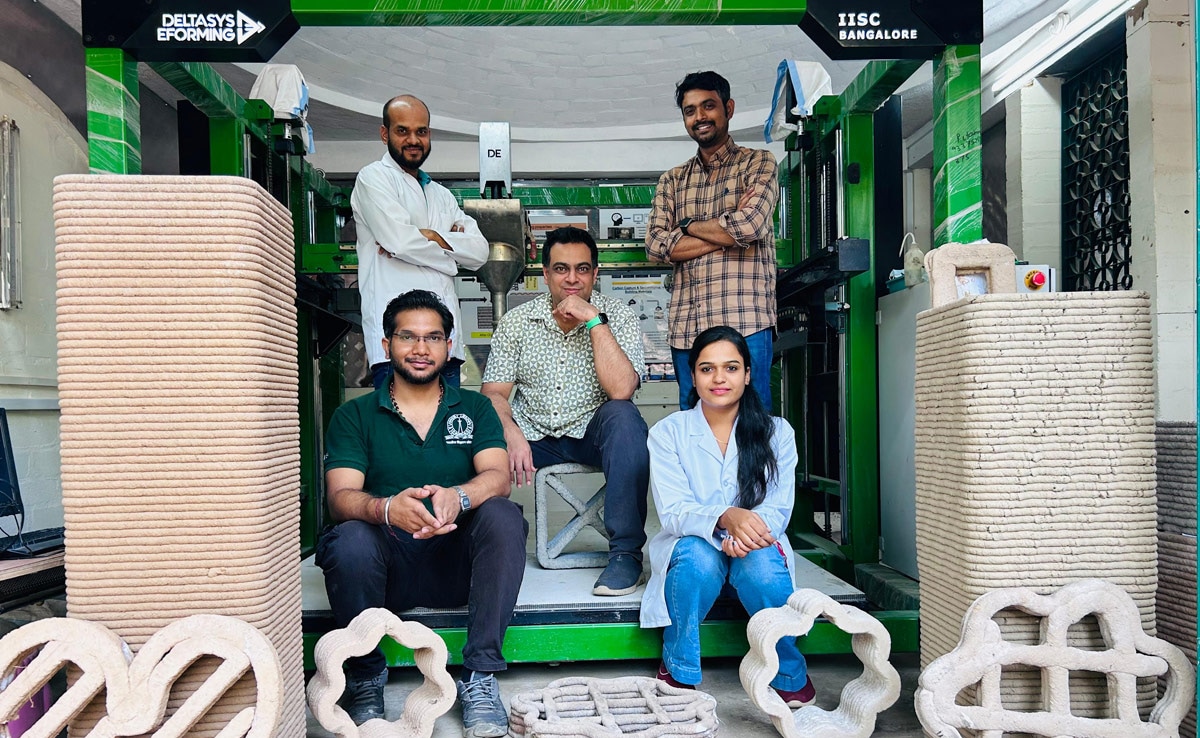Natural sand is fast becoming a scarce resource.
Scientists at the Indian Institute of Science (IISc) in Bengaluru have created a promising new material that can replace natural sand in construction. This development is a response to the growing scarcity of sand, a crucial component of building materials.
The team at IISc’s Center for Sustainable Technologies (CST) is exploring methods to use carbon dioxide (CO2) captured from industrial waste gases. They use this CO2 to process excavated soil and construction waste, creating a viable sand alternative.
“These materials could then be used to partially replace natural sand. This would not only reduce the environmental impact of building materials, but also impart properties that could improve their use for construction,” IISc said in a press release.
Led by Assistant Professor Souradeep Gupta, the research shows that using CO2-treated construction waste in mortar, followed by curing in a CO2-rich environment, significantly accelerates the development of the material’s strength.

The lab members are seen surrounding the engineered carbon-captured building materials, which are manufactured using additive manufacturing.
Photo credit: The MatERIAL group, CST, IISc
“The use and storage of CO2 can be a scalable and feasible technology for the production of low-carbon prefabricated construction products, while aligning with the country’s decarbonization goals.” explains Dr. Souradeep Guptawhose laboratory conducts these studies.
This innovative process provides a 20-22% increase in the compressive strength of the material. In addition, injecting CO2 into clay soil, which is often found on construction sites, improves the interaction with cement and lime. This not only stabilizes the clay, but also improves overall technical performance.
The research of Dr. Gupta’s team goes further. They have investigated how to process captured CO2 in excavated soil to create cement-lime soil composites, which could potentially replace up to half of the fine aggregates typically used in mortar. This technique promotes the formation of calcium carbonate crystals, leading to improved strength and reduced pore space. Exposing these materials to CO2 further accelerates curing and increases early age strength by 30%.
The researchers have also developed 3D printable materials using stabilized excavated soil in combination with binding agents such as cement, slag and fly ash. These materials offer superior printability, potentially reducing the need for cement and sand by as much as 50% each.
Future research will focus on the impact of industrial flue gas on the properties of these materials, paving the way for industrial applications and potentially revising the standards for cement-based building materials.


